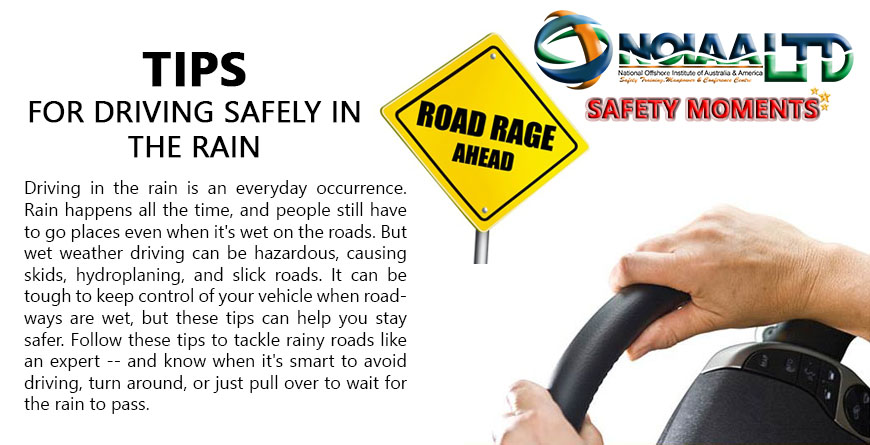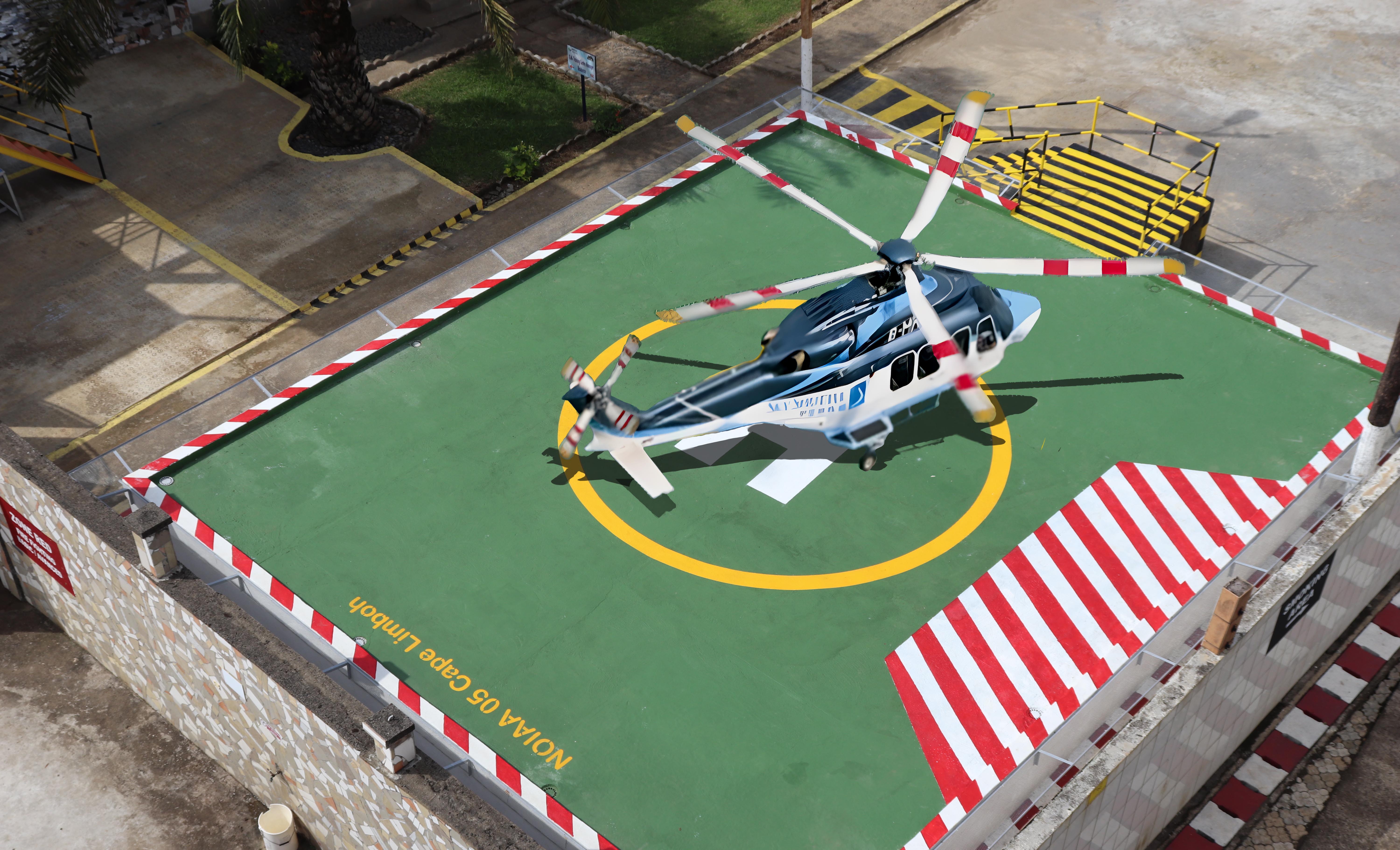TIPS For Driving Safely In The Rain
- Categories Africa On/offshore Safety News, Blog, Onshore Safety Training
- Date 6 August 2019
- Comments 0 comment

Don’t drive if you don’t have to
During heavy rain conditions and flooding, it is often better to just stay where you are. If possible, stay out of hazardous rain and wait until the worst has passed before you hit the road.
Slow down
Rain means you need to budget for a longer travel time as traffic will be moving slower and you’ll need to slow down. Hydroplaning most often occurs when vehicles are driving too fast, so slowing down is a smart move. Take extra care to slow down when rain first starts, as fresh rain will bring out the oils on the roadway and make conditions more slick.
Never use cruise control in wet conditions
Using cruise control during wet weather can cause you to lose control of your vehicle. Drivers may need to reduce speed by easing off the accelerator to prevent loss of traction, but this is not possible when using cruise control. Additionally, it’s important that the driver remain fully engaged during wet weather driving, so cruise control should be avoided.
Give extra room to other vehicles
You should always maintain a safe following distance, but be especially careful to give vehicles in front of you plenty of room. That way, you’ll have more time to react to what’s up ahead. Be sure to watch carefully for brake lights ahead of you.
Turn your lights on
If your windshield wipers are on, your lights should be, too. Headlights can help increase your visibility during the rain and make it easier for other vehicles to see you, avoiding a collision when it’s tough to see through the rain.
Avoid hard braking
Use your brakes as little as possible, taking special care to avoid hard braking if you can. Slow down, give others room, and take your foot off the accelerator fast enough so that you won’t have to slam on the brakes.
Avoid sudden movements
Gentle steering, braking, and accelerating are best on wet roads.
Stay away from areas prone to flooding
Know which roads in your area are likely to flood and take a different route if you’re experiencing heavy rains.
Turn around, don’t drown
Driving into flooded areas can be dangerous and even deadly. Drive into a road that’s flooded too deeply, and your car could begin to float and take on water. It can even be washed away — with you in it. Don’t risk it. Check for depth gauges and know the roads you’re driving on. If you’re not sure how deep the water is, just turn around and find another way.
Never drive off road during rain
You may become stuck in puddles that you can’t judge the depth of. Don’t drive through moving water if you can’t see the bottom.
Know how to handle a skid
If your car begins to skid, don’t panic. Continue to steer in the direction you want to go and avoid slamming on your brakes, as it makes it harder to control your vehicle.
Be calm if you’re hydroplaning
If your car starts to hydroplane, gently ease your foot off the gas and avoid steering. Just slow down and hold on until your vehicle regains contact with the road.
Be ready for gusty winds
With rain often comes wind, which can push your car and other vehicles around on the road or cause you to lose control. Keep a firm grip on your steering wheel, give a wide berth to high profile vehicles that may be more susceptible to wind, and be aware that you may be hit with strong gusts.
Watch for pedestrians
Take care not to splash pedestrians. Watch for puddles along the roadway where they may be walking parallel to you as you drive.
Drive in the middle lanes
Water tends to pool more in outside lanes, so stick to the middle if possible.
Check your tires
Your tires are your best friend in wet weather driving, providing traction and keeping you steady on the road. Check your tread and tire pressure to make sure you’re ready to hit the road even when it’s wet.
Pull over if it’s really bad
If you can’t see cars in front of you or are having difficulty controlling your vehicle, simply pull over and wait for the rain to slow down.


![IMG_20241023_165727_734[1] IMG_20241023_165727_734[1]](https://training.noiaa.com/wp-content/uploads/2024/11/IMG_20241023_165727_7341-scaled-300x200.jpg)
